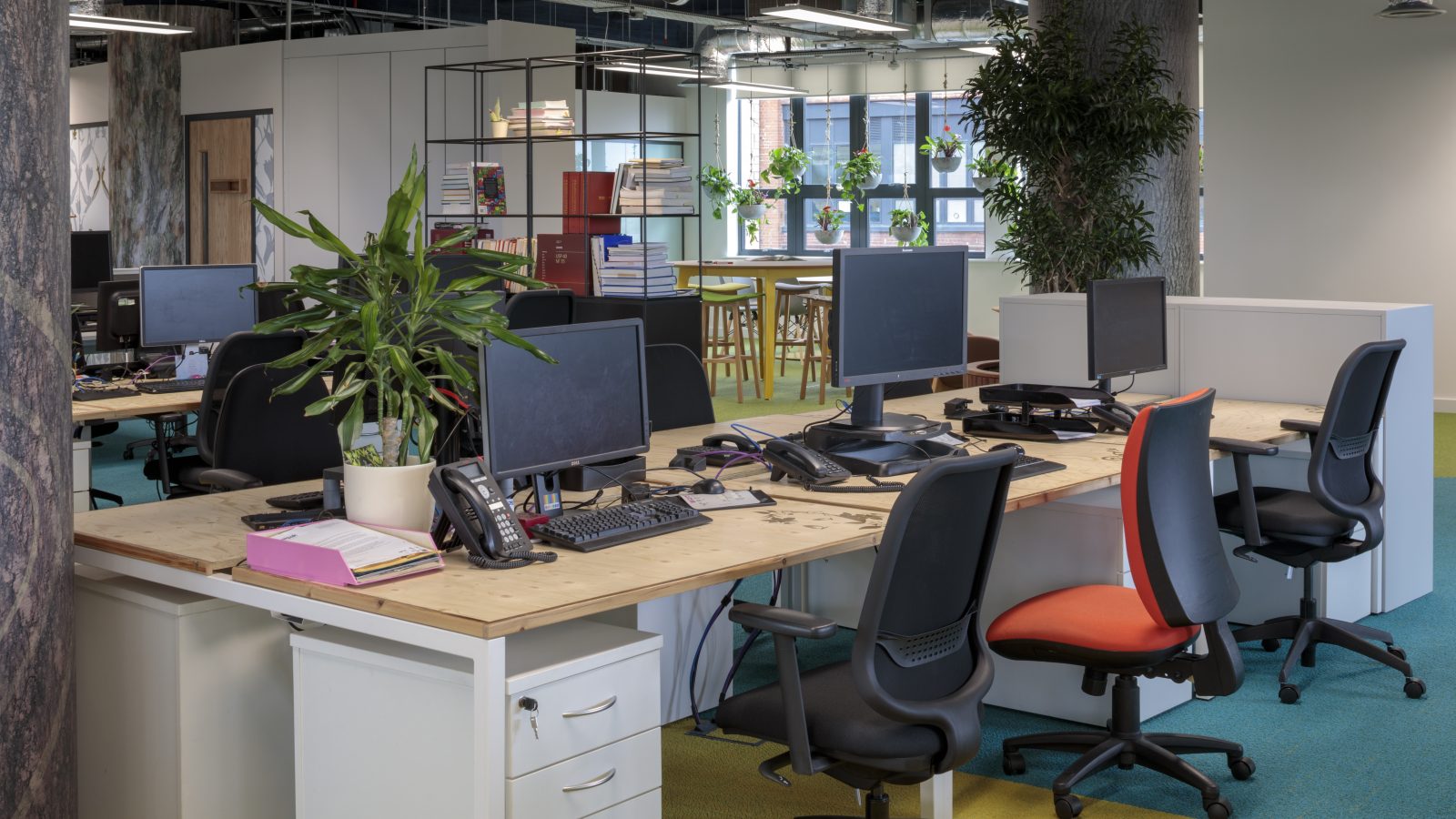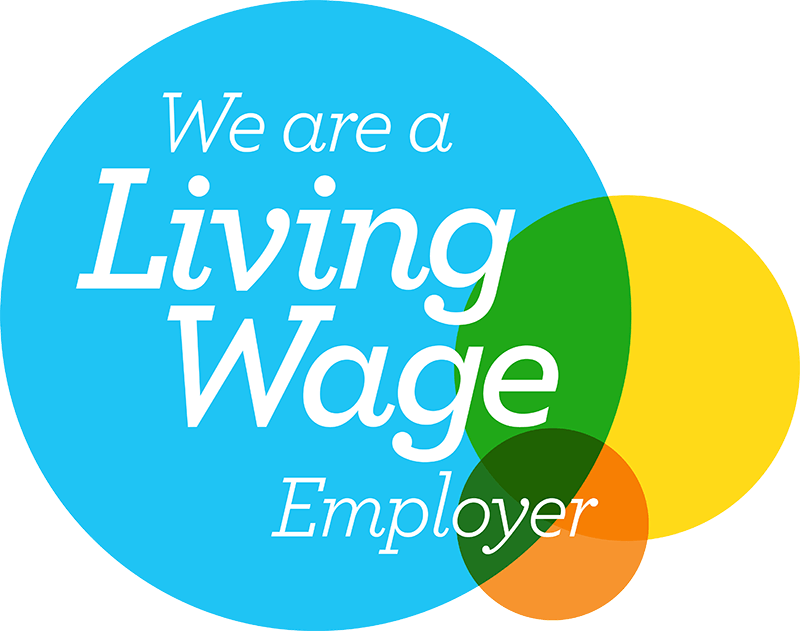
Climate change is a term we regularly hear being thrown around, but how often do we consider its meaning and the environmental consequences of our actions at work?
Climate change is a term we regularly hear being thrown around, but how often do we consider its meaning and the environmental consequences of our actions at work?
Climate change refers to the long-term change in the Earth’s climate patterns, which is largely attributed to an increase in greenhouse gases, for example carbon dioxide (CO₂). The daily activities we engage in will release a certain amount of CO₂ into the atmosphere – this is known as a carbon footprint. It is essential that individually, and as an organisation, we aim to keep this footprint as low as possible. I’m not going to tell you that we must all start carpooling to work and become vegan, but it’s important to know how our actions within the office can affect the environment, and how we can begin (or continue to) reduce our carbon footprint.
Recycling is one of the easiest and most common methods of reducing carbon emissions; recycling office materials like paper and plastic decreases landfill, saves energy, and reduces the need for raw materials to be extracted – for every tonne of paper recycled, 17 trees are saved. Better still, moving away from single-use products and towards reusable alternatives (like from disposable coffee cups to designated mugs) can substantially reduce greenhouse gas emissions; single-use plastics can take thousands of years to disintegrate, so it is imperative that we utilise reusable products whenever possible. You could argue that you’re doing your bit by recycling your paper cup from the local coffee shop because hey, it’s paper…however, those ‘paper’ cups are in fact lined with plastic to prevent leakage. The cups then end up at landfill sites, producing 152,000 tonnes of CO₂ annually (this is similar to the CO₂ production of 33,000 cars in a year!).
Switching off lights and electrical appliances is another simple method of reducing our carbon footprint – turning off office lights when they’re not being used can reduce CO₂ emissions by approximately 171kg per year. Although it sounds simple, leaving lights on leads to more electricity being generated, which in turn produces more greenhouse gases and accelerates climate change:

To prevent this, there are several possible actions we can take:
- Switching lights off
- Investing in motion-sensor lighting
- Using more energy-efficient lightbulbs (LEDs use 75% less energy than incandescent light bulbs)
There are also some unexpected aspects of the workplace which contribute to our carbon footprint, for example office furniture. According to the Waste & Resources Action Programme (WRAP), 1.2 million office desks and 1.8 million office chairs end up in UK landfill every year, so choosing better quality, durable furniture can increase their lifecycle and considerably reduce waste. On top of this, like many other products, office furniture releases Volatile Organic Compounds (VOCs) which pollute the air and contribute to the greenhouse effect. These chemicals are predominantly released during the manufacturing process and throughout the first few years of their lifespan, so organisations should look to reuse and repurpose furniture wherever possible; simply reusing an office desk can cut its carbon footprint by 36%, whilst repurposing 10 desks cuts CO₂ emissions by approximately 1 tonne. Not only are these chemicals harmful to the environment, but they can also disrupt indoor air quality, causing headaches, nausea, and irritation to the eyes, nose & throat. If your office furniture is at the end of its lifecycle and needs a refresh, be sure to dispose of it responsibly – donating, selling, or reusing are all great options.
Whilst our personal choices will always play a central role in reducing our carbon footprint, we should acknowledge our environmental responsibility as an organisation; becoming more environmentally conscious and making small sacrifices are paramount to reducing our carbon emissions and becoming a more sustainable organisation.
Claremont are dedicated to helping organisations on their journey to reduce their carbon footprint. Get in touch to find out how we can tailor your office project to taking a greener approach.
——————————————————————————————————————
Definitions
Climate change = The alteration of the Earth’s temperature and long-term weather patterns (this term is often used interchangeably with global warming, but global warming refers only to the Earth’s rising surface temperature, not the consequences).
Greenhouse effect = The process by which greenhouse gases (e.g., carbon dioxide, methane, nitrous oxide) radiate heat back towards the surface of the Earth, causing an increase in temperature.
Carbon footprint = The amount of carbon dioxide (CO2) released into the atmosphere as a result of the activities of a particular individual, organisation or community.
Volatile Organic Compounds (VOCs) = Gases released into the air from products or processes. This can contribute to the formation of ground-level ozone.
Related thinking
OFFICE INTERIOR
DESIGN & BUILD
From Workplace Consultancy through design, to the build and beyond. Whether you use all or part of our capabilities, you’ll find we’re a safe pair of hands.
Workplace Consultancy
Helping you achieve the optimal combination of people, space and technology, enabling your organisation to realise its maximum potential in a FutureFlexible way.
Design & Build
Claremont’s comprehensive in-house capability takes care of it all, it’s an end-to-end solution that mitigates risk, accelerates timescales and controls costs.
Workplace Furniture
We believe furniture has a huge impact on the people using it. We aren't limited to a specific range of suppliers, so finding exactly the right products for you or even designing you something unique is at the heart of our approach.
Workplace Technology
Just the right tech fully integrated with your space gives you that all-important agile and collaborative environment.
